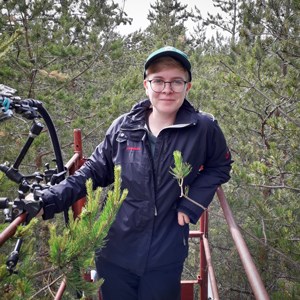Fakta:
Rutiner för uppföljning av doktorandutbildningen på institutionen
Dokument och instruktioner
- Forskarutbildning på SLU
- Rekrytering och antagning av doktorander
- Antagning av doktorand, flödesschema

Institutionen ger forskarutbildning i ämnet biologi vid skogsvetenskapliga fakulteten och biologi med inriktning mot ekologi, växtpatologi samt mikrobiologi vid fakulteten för naturresurser och jordbruksvetenskap.
Utbildningen är fyraårig varav större delen utgörs av eget forsknings- och avhandlingsarbete och en mindre del av kurser. Vid tre olika tidpunkter i utbildningen gör vi uppföljningar av våra doktorander.
För att vara behörig till forskarutbildning i biologi krävs en magister i biologi eller motsvarande. Utlysta doktorandtjänster annonseras via SLU:s sida för lediga doktorandtjänster.
För att öka kvalitén i forskarutbildningen deltar institutionen i forskarskolorna Organism Biology, Focus on Soils and Water och Ecology - its basic and applications som drivs tillsammans med andra institutioner vid SLU.
Mer information om forskarutbildningen på SLU hittar du här.
Rutiner för uppföljning av doktorandutbildningen på institutionen
Karina Engelbrecht Clemmensen
Universitetslektor, Studierektor för forskarutbildningen
Institutionen för skoglig mykologi och växtpatologi, SLU
karina.clemmensen@slu.se, 018-67 18 74